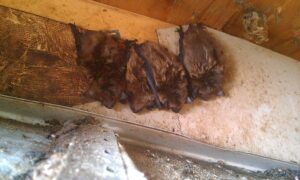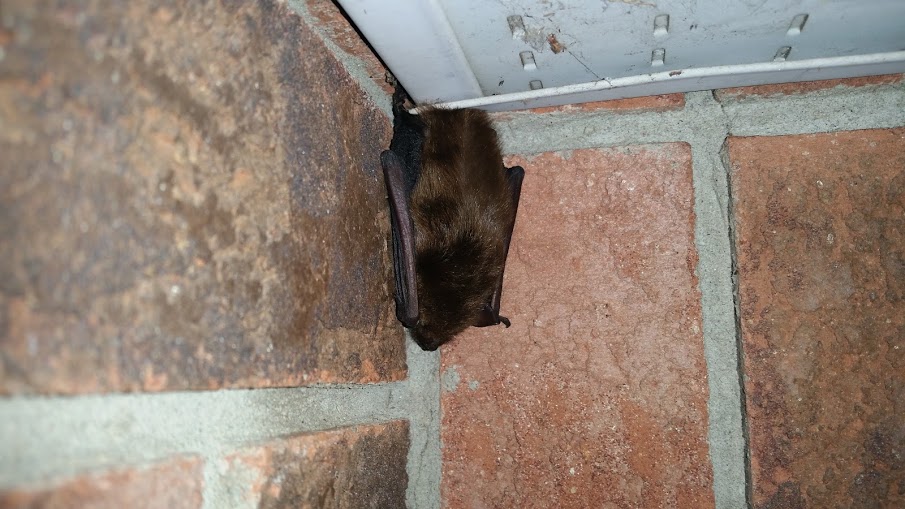Bats are unique, sometimes mysterious creatures. While some mammals have flaps of skin that give them the ability to glide from place to place, bats are the only ones that can truly fly. Bats are active at night when it is dark and most people are sleeping, adding to the air of mystery that surrounds them.
Bats are also known for their curious habit of sleeping upside down during the day. Because it is so different from the habits of human beings, you may wonder how bats do this and why. It turns out that bats have evolved a useful adaptation that allows them to maintain their upside-down position while they sleep, and it offers them several significant advantages.
How Bats Sleep Upside Down
Bats have tendons in their lower extremities, just as human beings do. However, unlike the tendons of the human body that connect muscles to bones and allow for intentional movement, the tendons in a bat’s feet connect directly to the upper body. The gravitational pull on the bat’s head and torso as it relaxes puts pressure on the tendons connected to the bat’s feet. The pressure on the tendons pulls the bat’s claws closed.
When a bat wakes up and wants to hunt for food, it has to exert effort to reopen its claws so that it can take off. Otherwise, as long as the bat maintains the same relaxed, upside-down position, the claws will remain closed. For this reason, some bats remain hanging in the same position even after they die, until someone or something comes along to remove the remains.

Why Bats Sleep Upside Down
There are two main reasons why bats sleep in that hanging position. One is for protection, and the other is to aid in flying. Bats are vulnerable to birds of prey. Because they are active at night, they could become an easy target for daytime hunters like hawks. Hanging upside down makes it harder for predators to find and catch them. Also, because they often roost in places that are inaccessible to birds, there is less competition for sleeping spaces.
Another, perhaps more important reason that bats sleep upside down is that it aids them in flying. Though bats can fly unaided, take-offs are not their strong suit. Their wings lack the ability to create enough lift to allow them to launch themselves from the ground, the way birds do. Bats’ legs are also too small to allow them to get a running start.
If bats did not roost the way they do, they would have to climb to a high point using only their front claws and launch themselves from there. This could make them vulnerable to predator attacks. Roosting upside down in high, inaccessible locations allows them to take off at a moment’s notice when under threat.
Where Bats Roost
Hollywood has given most people a narrow view of where bats make their homes. It is true that many bats live in caves. However, there are also bats that live in areas where there are no caves available. Bats are opportunistic and not too picky about where they choose to roost. You may find bats roosting in trees, under bridges, and sometimes even in human homes, where they prefer the attic.
What To Do About Bats
Bats are beneficial to the environment because they eat mosquitoes and other harmful insects. However, they can also carry potentially dangerous diseases. An alternative to exterminating bats that you find in your home is to have them relocated with the help of Skedaddle Humane Wildlife Control. This allows the bats to live out their useful lives at a safe distance from you and your family.



